Are We There Yet? 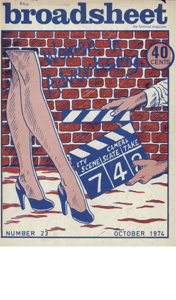
Many events are planned to celebrate the 125th year since women were granted voting rights in New Zealand
On 19 September 1893 the governor, Lord Glasgow, signed a new Electoral Act into law. As a result of this landmark legislation, New Zealand became the first self-governing country in the world in which all women had the right to vote in parliamentary elections.
We have been to the Auckland Museum exhibition, Are We There Yet? which celebrates the history of the suffrage movement and the achievements of many women in supporting change for women, and invites comments and participation. It also highlights the continuing inequalities between women and men, and issues like violence against women, and access to safe contraception and abortion.
There are photos with quotes from 30 outstanding women active in working for improvements in women’s lives during the last 25 years.
The exhibition was opened by Sharon Hawke and her kuia, wahine toa and community leaders from Ngaati Whatua ki Orakei.
We met some of Shakti’s staff there to celebrate the inclusion of Shakti founder Farida Sultana as one of the women of influence who have made a difference
It was great to see a large display of the old Broadsheet magazines (like the two above) , which for 25 years, from 1972 to 1997, challenged and informed women throughout Aotearoa on women’s issues of all kinds. A full set of Braoadsheet can be accessed online here:
https://broadsheet.auckland.ac.nz/
(good to know the Broadsheet magazines haven’t disappeared without trace – and are available on-line – but where is the modern equivalent? political, challenging articles ? cartoons? inspiration? provocation? in good, readable English/Maori ? Maybe some young women in Aotearoa will be inspired to set up an online zine which serves similar feminist purposes for a new generation? or maybe they already have and we’re just a bit out of date???)
Also part of the exhibition in the museum is Gaylene Preston’s film featuring some of the early suffragettes and others who signed the petition for women’s voting rights, dressed in period costume and in appropriate settings, and acted by today’s well-known women voicing exactly their words as recorded in old documents or broadcasts. Fascinating!
This Suffrage exhibition is well worth a visit,
and is on till 31 October.
Mana Wahine- a Maori and Pasifika Perspective
In addition to the Auckland Museum display, there is a thought-provoking Matariki exhibition which offers an alternative Maori women’s narrative to the suffrage movement of Aotearoa.
Mana Wahine, at Fresh Gallery in the Otara Town Centre, embodies ideas expressed by Ani Mikaere in an article”Maori women: Caught in the Contradictions of a Colonised Reality”, and in Angela Ballara’s “Wahine Rangatira: Maori women of Rank and their Role in the women’s Kotahitanga Movement of the 1890s.”
The exhibition includes paintings, photographs, a split-screen video called “Breaking the Glass Ceiling” – a very different take on the phrase- and some delicate weavings, embroideries and plaques, by a group of young Maori and Pasifika women artists.
Notes on the exhibition say:
Maori women were an integral part of the suffrage movement in Aotearoa, yet their own narratives are often lost in the dominant telling of the story. Maori women had their own set of circumstances, as well as their own motivations, many of them founded in the problems caused within Te Ao Maori by colonial dominance..
The exhibition itself is very different in structure from the carefully curated one in the Museum- Mana Wahine was brought together by a collective trusting in creative intuition and group process, and asking questions rather than providing answers…and therefore embodies an important truth: that the power of women springs from a very wide range of genetic, physical and social conditions and present actions, of which ‘winning the vote’ , though important, is only one.
[ngg_images source=”galleries” container_ids=”22″ display_type=”photocrati-nextgen_basic_thumbnails” override_thumbnail_settings=”0″ thumbnail_width=”120″ thumbnail_height=”90″ thumbnail_crop=”1″ images_per_page=”20″ number_of_columns=”0″ ajax_pagination=”0″ show_all_in_lightbox=”0″ use_imagebrowser_effect=”0″ show_slideshow_link=”1″ slideshow_link_text=”[Show slideshow]” order_by=”sortorder” order_direction=”ASC” returns=”included” maximum_entity_count=”500″]
Sadly, this exhibition finishes on Saturday 21 July- some of you you may just have time to catch it at
FRESH GALLERY in the Otara Town Centre
……and we leave our sisters (and brothers) with a few questions too….
How important is “getting the vote” if your culture has been appropriated or marginalised, your language ignored or forbidden, and your body objectified or battered?
Has “getting the vote” made either Maori or Pakeha women any freer from media and advertising stereotypes of what women should look like? If not, why not?
Why do so many Pakeha women wear bright red lipstick?
Why do so many women- Maori, Pakeha, Pasifika, Asian.._ wear cripplingly high-heeled shoes?
Why do so few good sons, brothers, fathers and husbands take responsibility for helping to change other boys’ and men’s perceptions of what it means to be a good man?
How has getting the vote enhanced Mana Wahine?
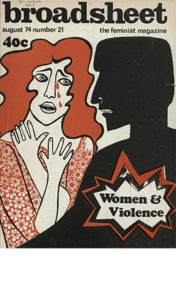
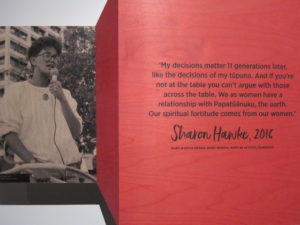
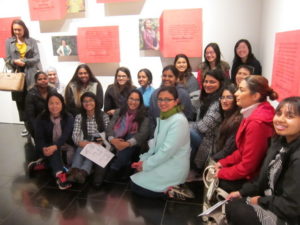
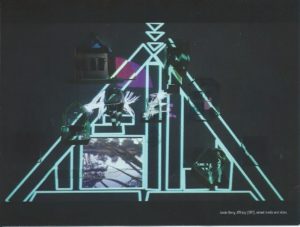
 Earthsong Eco Neighbourhood
Earthsong Eco Neighbourhood Public Good
Public Good
Speak Your Mind